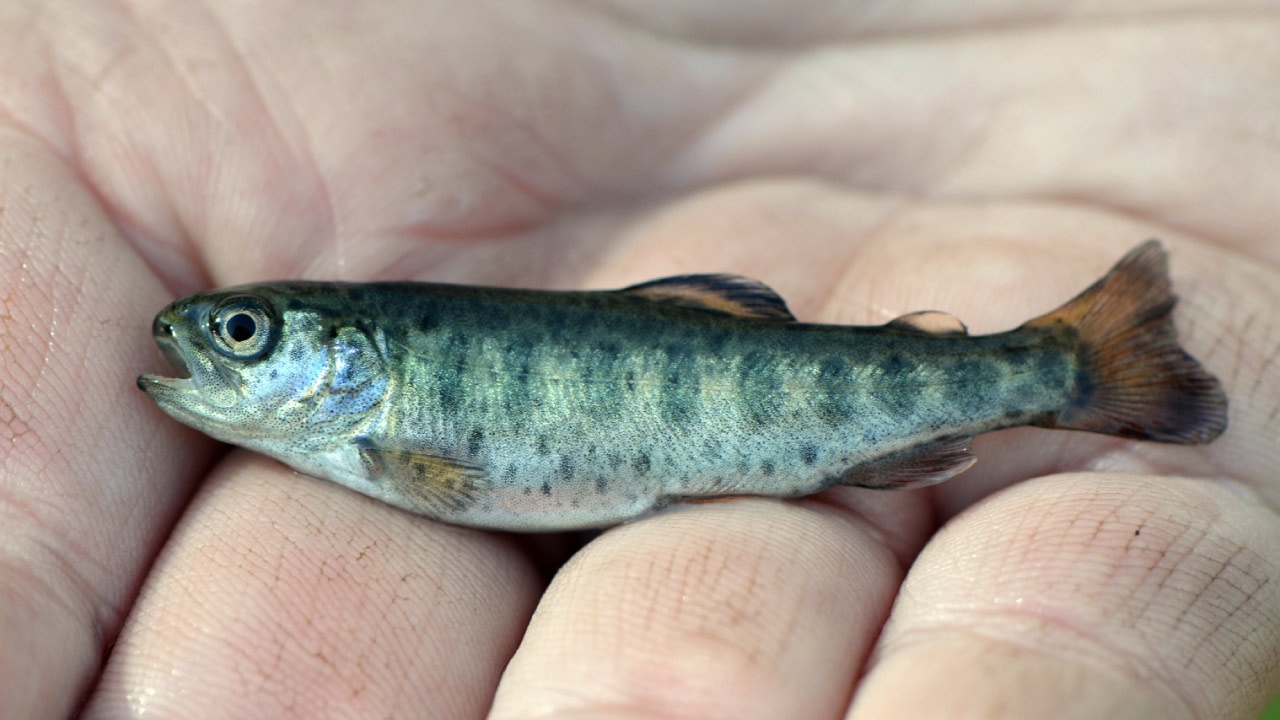
Even when two feeds have similar proportions of protein, fats, and carbohydrates, the composition and source of these ingredients make a significant difference. They can follow different metabolic pathways, which in turn can have a profound effect on the growth and health of the fish.
It’s also important to consider the sensitivity of younger, smaller fish to feed composition, as their way of processing nutrients differs from that of adult fish. At early development stage, fish metabolism is more dynamic and requires specific nutrients to optimize growth and adaptation to their environment.
This is why, beyond price -which remains a relevant factor- it’s essential for aquaculture producers to focus on the quality and origin of the raw materials in feed. This approach not only ensures more efficient growth but also allows for better utilization of nutritional resources.
To highlight the importance of raw materials and their origin, a team of researchers from the Institute of Biology at the Karelian Research Centre in Russia studied how two types of commercial feed affected the metabolism of juvenile rainbow trout (Oncorhynchus mykiss).
Over a two-month period, the fish were fed with two different feeds, and the activity of key metabolism enzymes such as as glucose-6-phosphate dehydrogenase and aldolase was measured.
By studying these enzymes, the researchers aimed to determine which metabolic pathways were predominant based on the feed type and how they influenced the fish’s growth and overall health.
Significant findings
The study included trout from three size groups, aged 5, 10 and 12 months. The results revealed that “Feed 2”, which contained a higher proportion of plant-based carbohydrates and lipids from sources like lineseed oil, promoted greater activity of liver enzymes. This suggest a more efficient use of carbohydrates in lipid biosynthesis.
According to the researchers, this is an important finding, as it highlights how the type and source of carbohydrates can directly impact metabolic efficiency and fish growth.
Moreover, the study found that younger and smaller fish were more sensitive to feed composition, while large fish exhibited less pronounced metabolic differences.
As the researcher concluded, “it’s not just the amount of nutrients that matters, but their quality and source.” While cost remains an important consideration, the benefits of a well-designed diet include improved growth performance and greater production efficiency.
Reference:
Rodina, M. A., Kuznetsova, M. V., Krupnova, M. Yu., Kuritsyna, A. E., Murzina, S. A., & Nemova, N. N. (2024). Activity of Energy and Carbohydrate Metabolism Enzymes in Rainbow Trout Fingerlings (Oncorhynchus mykiss Walb.) When Fed Two Types of Commercial Feed. Biology Bulletin, 51(6), 1539-1548. DOI: 10.1134/S1062359024609972


